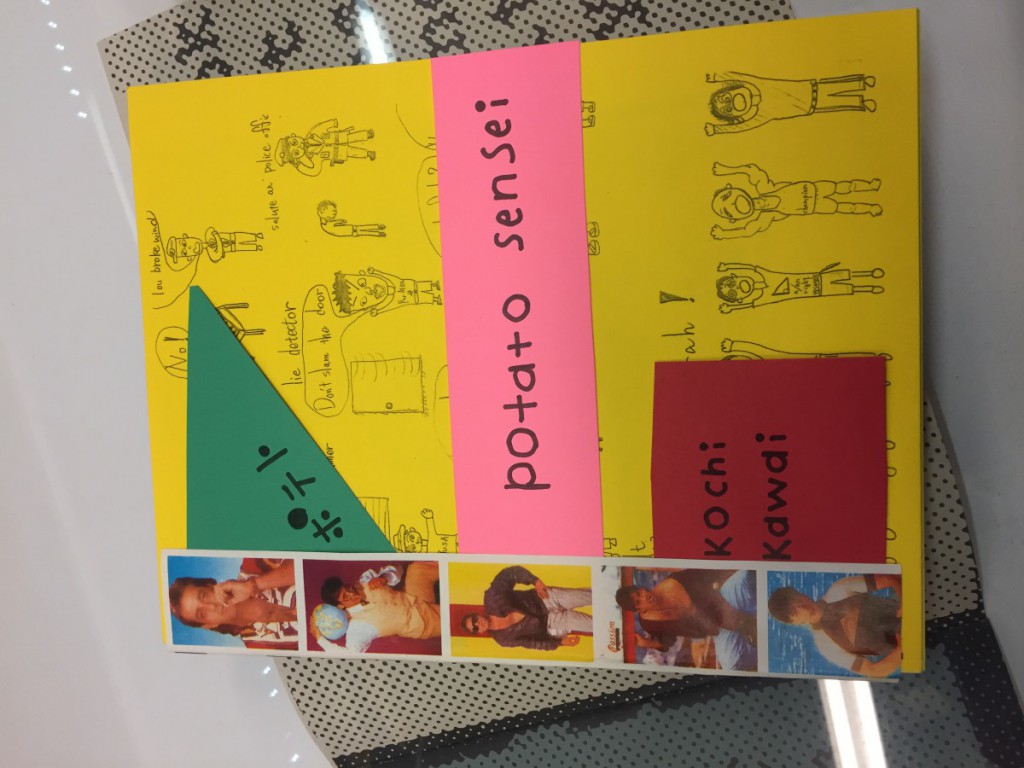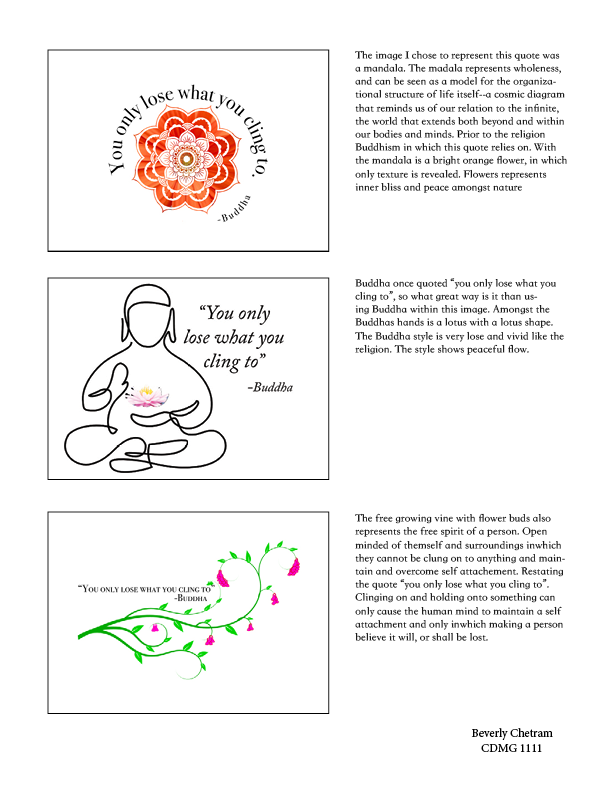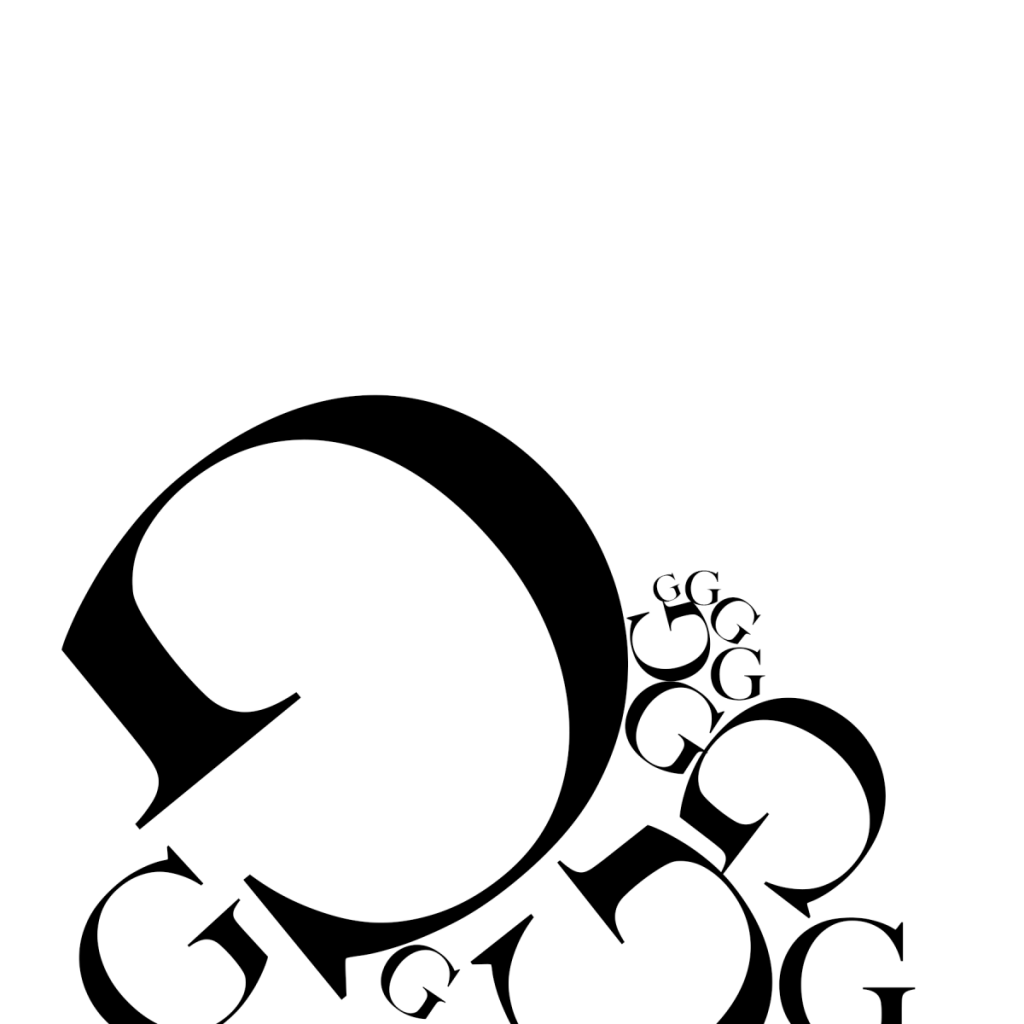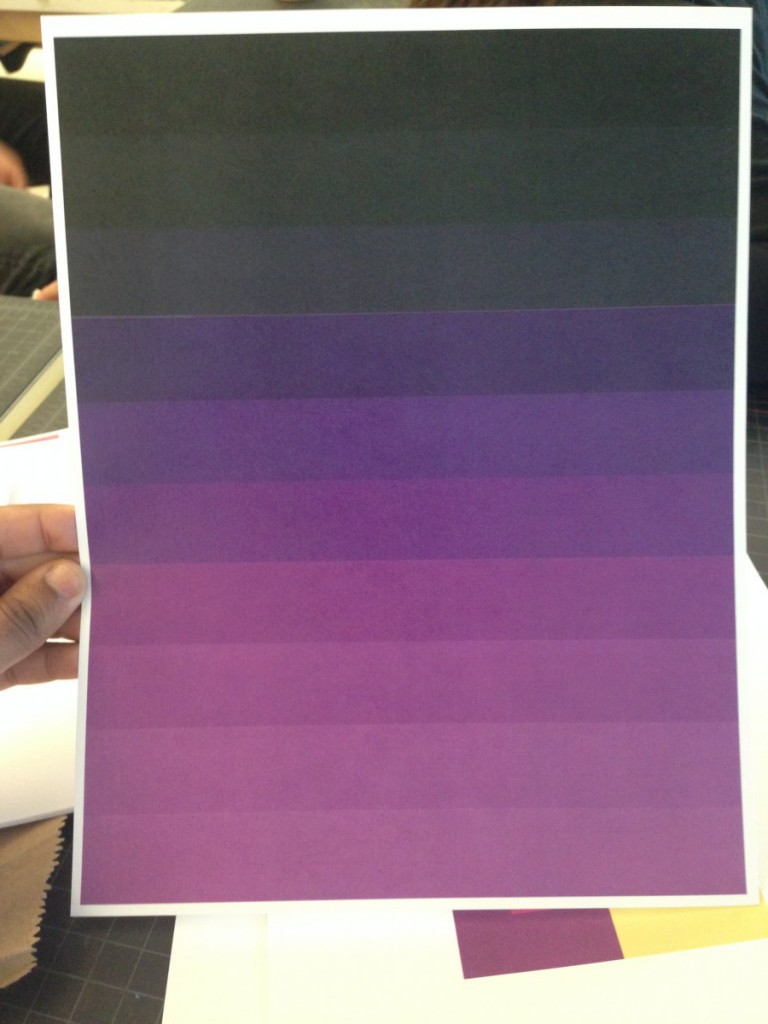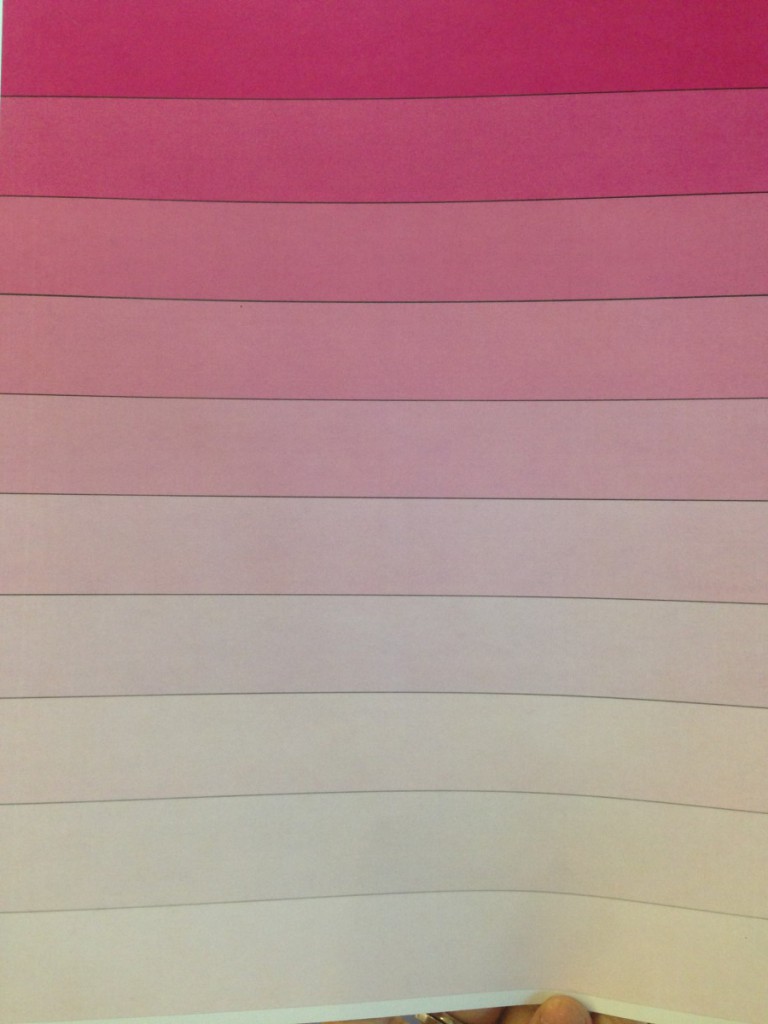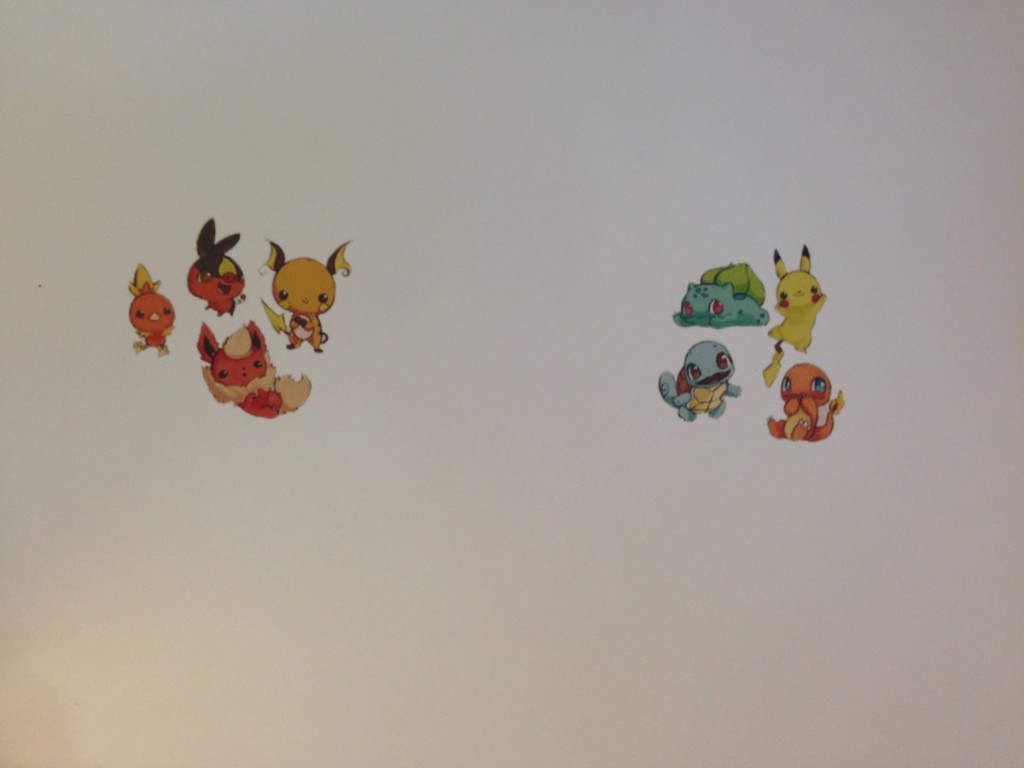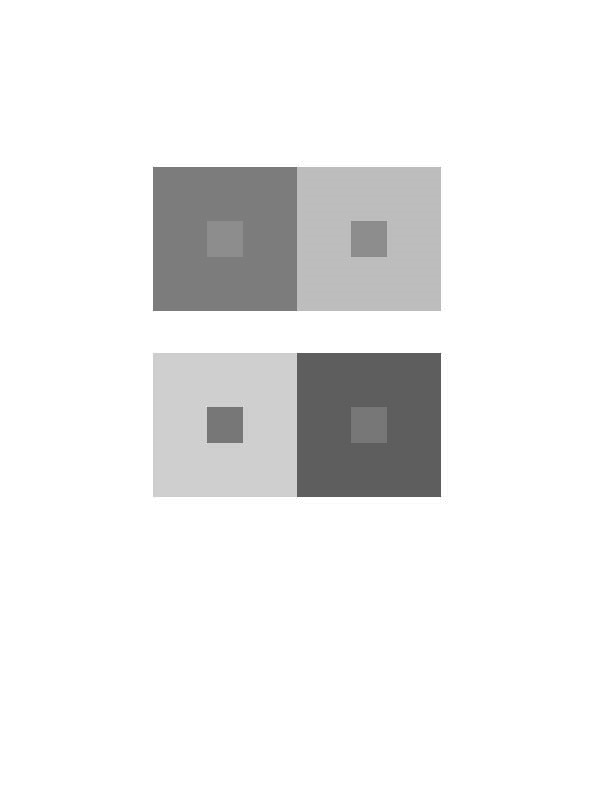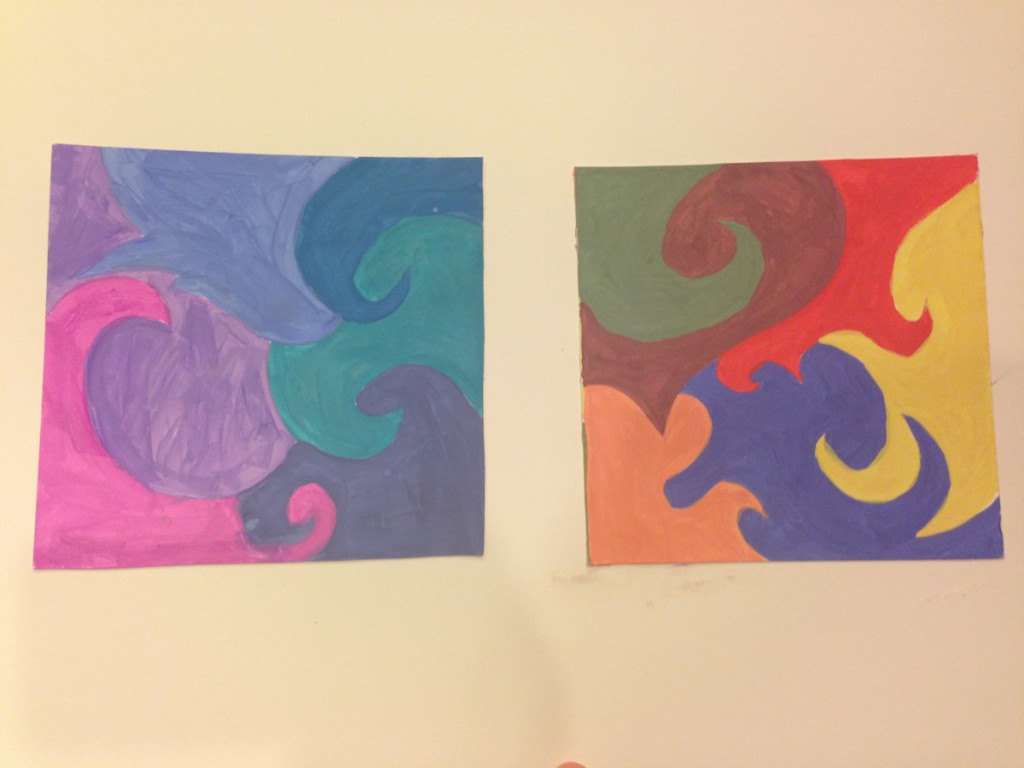The History of Printing – The Printing Press to Now
The printing press is considered one of the most important inventions in history. This device has made it possible for books, newspapers, magazines, and other reading materials to be produced in great numbers, and it plays an important role in promoting literacy among the masses. It was developed based on early principles of printing, and it has undergone many modifications over the years to meet the needs of people in different eras.
The earliest documented evidence of printing dates back to the 2nd century when the ancient Chinese started using wooden blocks to transfer images of flowers on silk. Around the 4th century, woodblock printing on cloth was practiced in Roman Egypt. The Chinese began printing on paper in the 7th century, and they created theDiamond Sutra, the first complete printed book, in 868. The first movable type printing system was invented by Pi Sheng in China around 1040. This printing device used movable metal type pieces to produce prints, and it made the process of printing more efficient and flexible. Nonetheless, since it was made of clay, it broke easily. In the 13th century, the Koreans created a metal type movable printing device, which applied the typecasting method that was used in coin casting.
By mid-15th century, a number of print masters in Europe were getting closer to perfecting movable metal type printing techniques, and one of them was Johannes Gutenberg, a former goldsmith and stone cutter from Mainz, Germany. Gutenberg created an alloy that was made up of tin, lead, and antimony. This alloy melted at low temperature, and it was excellent for die casting and durable in the printing press. It made it possible for separate type pieces to be used and reused. Instead of carving entire words and phrases, Gutenberg carved the mirror images of individual letters on a small block. The letters could be moved easily and arranged to form words. This device was the printing press, and it revolutionized the printing industry. In 1452, Gutenberg started printing his most famous project, the Gutenberg Bible. He managed to produce a total of two hundred copies of the bible, and he offered them for sale at the Frankfurt Book Fair in 1455.
Gutenbergâs printing press led to a dramatic increase in the number of print shops throughout Europe. Nonetheless, as the demand for printed materials increased over time, there was a need for a printing press that could produce higher quality prints at a faster rate. In the year 1800, Earl Stanhope from England invented a cast-iron printing press that was capable of producing cleaner and more vivid impressions. Other inventions that followed included the Columbian press, bed-and-platen press, cylinder press, rotary press, Bullock press, linotype machine, and monotype machine. Today, printing is mostly done with the use of computers, and modern printing devices can produce prints at a much faster rate than those that were used in the past. More printing is done in one second today than in a year during the 15th and 16th centuries. In fact, modern technology has made it possible to print and deliver the printed material in less than twenty for hours.Overnight printing has become widespread and even expected, especially amongst hurried executives needingfast business cards, brochures, and other overnight printing services.
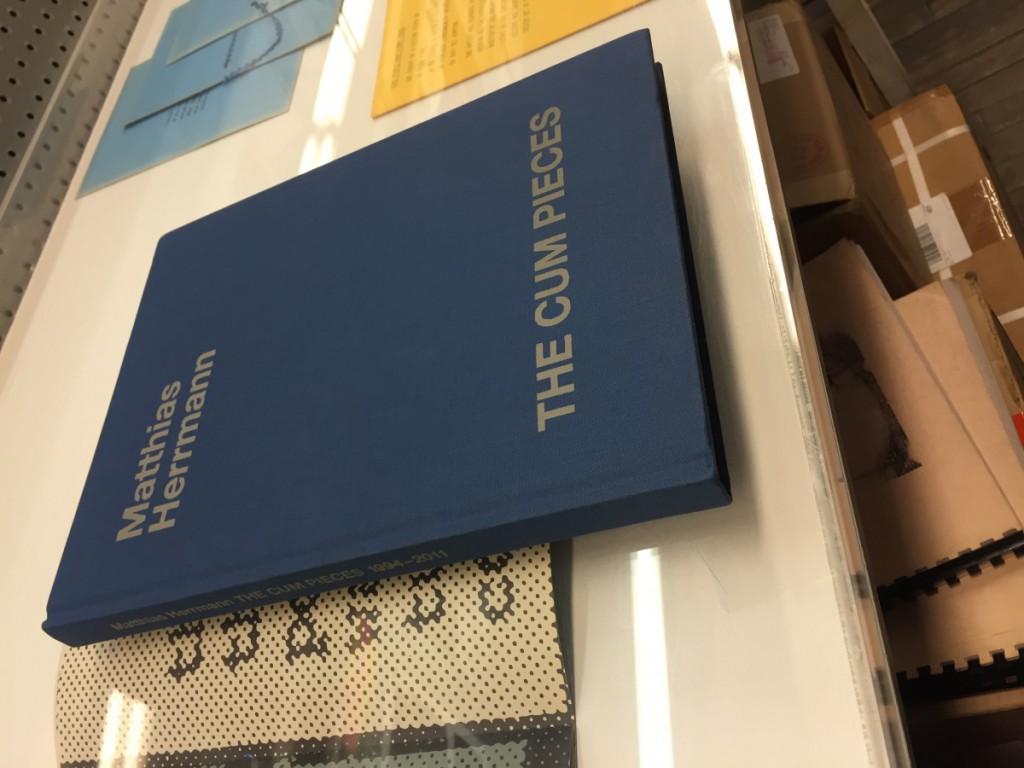
The artist’s book by Matthias Herrmann collects his extensive photographic series “The Cum Pieces,” created between 1994 and 2011. The photographs show the traces of the artist’s semen—he shot it on unexposed photographic paper, producing random visual outcomes through the action of sunlight. In some instances, the photo papers are combined in collages with postcards, photographs, and various objects. Matthias Herrmann’s photographic practice explores issues of identity and (homosexual) desire; in this artist’s book, he examines not only questions of the body, but also the medium of photography itself.

